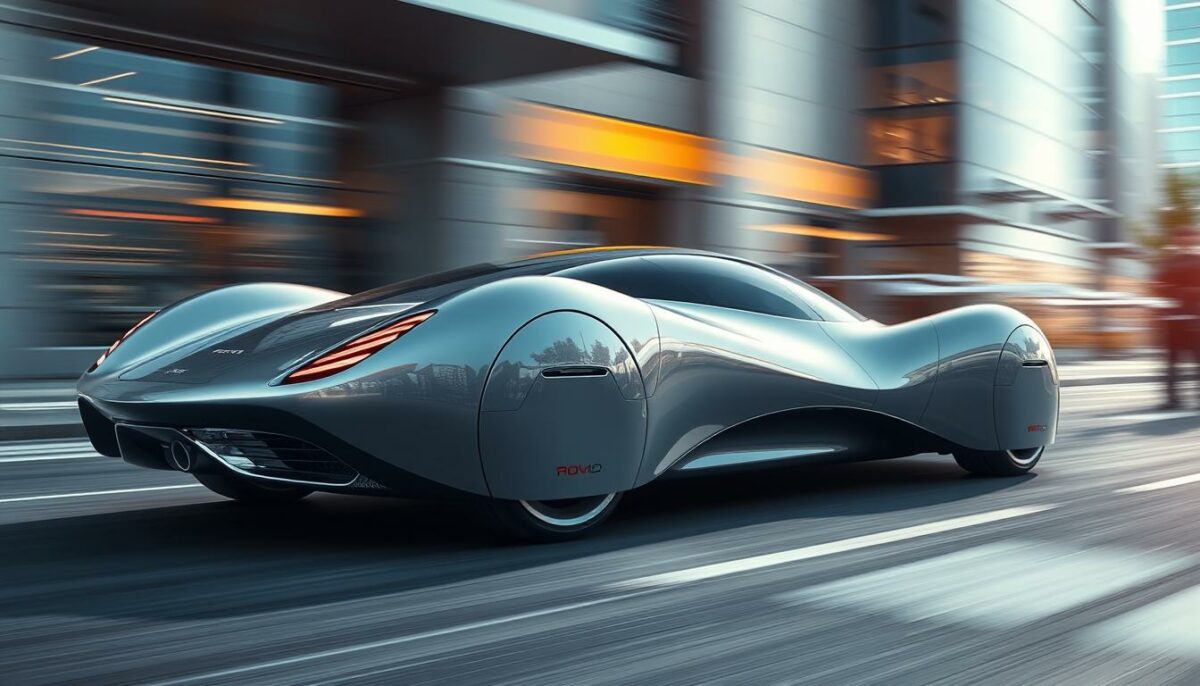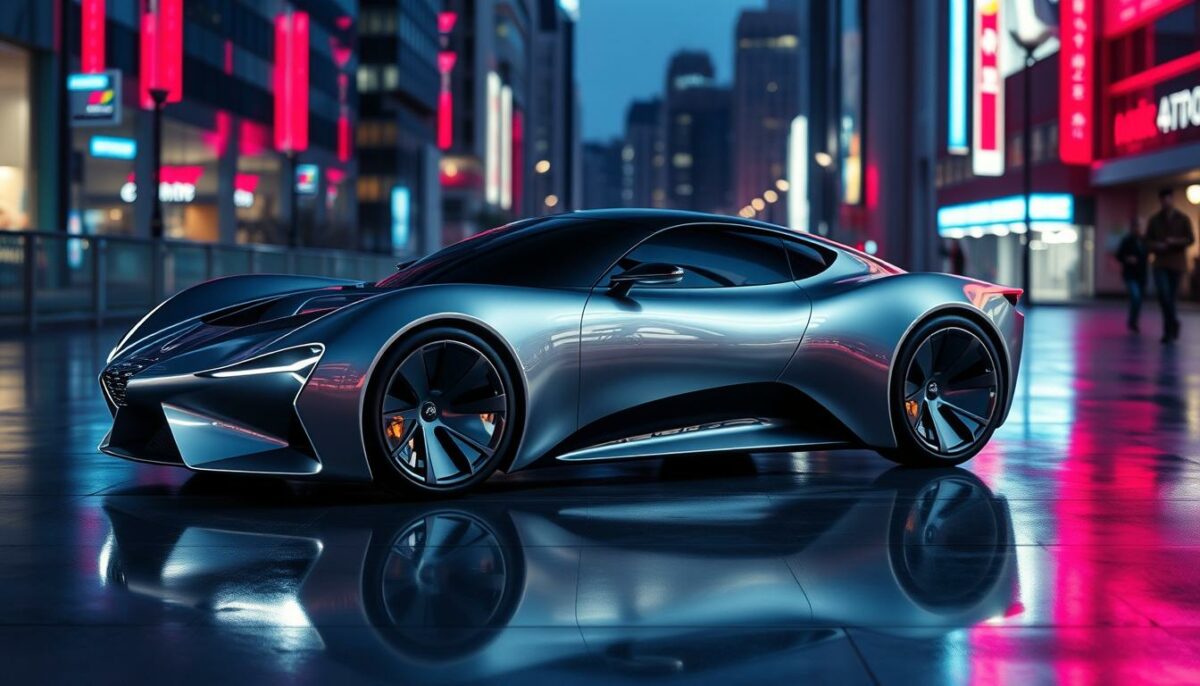Raymond Loewy is widely regarded as one of the most influential industrial designers of the 20th century, leaving an indelible mark on automotive design. His innovative approach to design played a significant role in shaping the aesthetics of American automobiles, with his iconic contributions to automotive design continuing to inspire new generations of designers. Loewy’s work in industrial design helped to establish him as a pioneer in the field, with his designs for major automotive brands showcasing his unique ability to blend form and function.
At the heart of Loewy’s success was his ability to create designs that were both beautiful and functional, with his work in automotive design helping to establish the industry’s aesthetic standards.
Throughout his career, Loewy’s commitment to innovation and excellence helped to drive the development of automotive design, with his iconic contributions to the field continuing to influence designers today. As a master of industrial design, Loewy’s work with major automotive brands helped to establish him as a leading figure in the industry, with his designs remaining an essential part of American automotive history.
The Pioneer Who Shaped Automotive Aesthetics
Raymond Loewy’s journey to becoming a pioneer in automotive design began with his early life and entry into industrial design. Born in France, Loewy’s fascination with design and innovation led him to pursue a career in industrial design. He eventually moved to the United States, where he became a prominent figure in the field, applying industrial design principles to various industries, including automotive.
Loewy’s design philosophy and principles played a significant role in shaping automotive aesthetics. He believed in creating designs that were both functional and visually appealing. The birth of the Streamline Design movement, which emphasized sleek and aerodynamic designs, was a key factor in Loewy’s success. This movement, which emerged in the 1930s, focused on creating designs that were not only aesthetically pleasing but also improved performance and efficiency.
Early Life and Entry into Industrial Design
Loewy’s entry into industrial design was marked by his work on various projects, including household appliances and furniture. His designs, which incorporated industrial design principles, quickly gained recognition, and he became a sought-after designer in the industry.
The Birth of Streamline Design Movement
The Streamline Design movement, which Loewy was a part of, revolutionized automotive design. This movement, which emphasized sleek and aerodynamic designs, led to the creation of iconic cars that are still revered today. Loewy’s contribution to this movement, which incorporated streamline design principles, helped shape automotive aesthetics and paved the way for future designers.

Loewy’s Design Philosophy and Principles
Loewy’s design philosophy and principles, which emphasized functionality and visual appeal, continue to influence automotive design today. His use of industrial design principles, such as simplicity and clean lines, helped create cars that were not only beautiful but also efficient and functional. The application of these principles, which are still relevant today, has had a lasting impact on automotive aesthetics, making Loewy a true pioneer in the field.
| Design Principle | Description |
|---|---|
| Streamline Design | Emphasizes sleek and aerodynamic designs to improve performance and efficiency |
| Industrial Design Principles | Focuses on creating functional and visually appealing designs |
| Automotive Aesthetics | Combines functionality and visual appeal to create iconic cars |
Raymond Loewy’s Iconic Contributions to Automotive Design: Breakthrough Projects
Raymond Loewy’s work in the automotive industry is characterized by breakthrough automotive designs that redefined the concept of car aesthetics. His innovative vehicle concepts, such as the 1947 Studebaker Champion and the 1953 Starliner Coupe, are iconic car models that have stood the test of time.
Some of the key features of Loewy’s designs include:
- Clean lines and minimal ornamentation
- Streamlined shapes that reduced wind resistance
- Innovative use of materials and technologies
These innovative vehicle concepts not only influenced the automotive industry but also had a broader impact on design and culture. Loewy’s work on breakthrough automotive designs helped to establish him as a leading figure in the field of industrial design.

Loewy’s designs were not only aesthetically pleasing but also functional and efficient. His use of innovative materials and technologies helped to improve the performance and safety of vehicles. As a result, his iconic car models have become synonymous with excellence in automotive design.
| Model | Year | Features |
|---|---|---|
| Studebaker Champion | 1947 | Streamlined shape, minimal ornamentation |
| Starliner Coupe | 1953 | Innovative use of materials, sleek design |
Overall, Raymond Loewy’s contributions to automotive design have had a lasting impact on the industry. His breakthrough automotive designs and iconic car models continue to inspire designers and car enthusiasts alike.
Revolutionary Designs for Studebaker
Raymond Loewy’s collaboration with Studebaker marked a significant milestone in his career, yielding some of the most iconic and revolutionary car designs of the era. The Studebaker Champion, introduced in 1947, was a groundbreaking model that embodied Loewy’s design philosophy, emphasizing aerodynamics and sleek lines. This revolutionary car design not only captivated the public but also influenced the direction of the automotive industry as a whole.
The Starliner Coupe, launched in 1953, further solidified Loewy’s reputation as a visionary designer. With its futuristic silhouette and aircraft-inspired features, the Starliner Coupe exemplified the essence of revolutionary car design, setting a new standard for automotive aesthetics. The integration of these design elements, such as the distinctive bullet nose and the emphasis on aerodynamics, contributed to the Studebaker Champion and Starliner Coupe’s enduring impact on the industry.
The Groundbreaking 1947 Studebaker Champion
The 1947 Studebaker Champion was a testament to Loewy’s innovative approach to car design. Its streamlined body and bold lines created a sense of dynamism, making it an instant classic. The Champion’s design was not only visually striking but also functional, with a focus on comfort and performance.
Creating the Revolutionary 1953 Starliner Coupe
The 1953 Starliner Coupe was a masterpiece of revolutionary car design, showcasing Loewy’s ability to merge style and functionality. With its sleek, low-profile design and innovative features, the Starliner Coupe redefined the boundaries of automotive design, leaving a lasting legacy in the industry.
Design Elements That Changed the Industry
Loewy’s work on the Studebaker Champion and Starliner Coupe introduced several design elements that would become standard in the automotive industry. The use of aircraft-inspired features, such as the bullet nose, and the emphasis on aerodynamics, paved the way for future generations of car designers. The revolutionary car design pioneered by Loewy continues to influence the industry, with many modern cars incorporating similar design elements.
The Enduring Legacy of America’s Most Influential Industrial Designer
The iconic designs of Raymond Loewy have left an indelible mark on the automotive industry and the broader landscape of American industrial design. Loewy’s groundbreaking work, which revolutionized the aesthetics of automobiles, continues to inspire designers and shape the evolution of car styling in the 21st century.
Beyond the automotive realm, Loewy’s innovative approach and visionary mindset have had a lasting impact across various industries. From the streamlined Studebaker models to his iconic designs for the Greyhound bus and the Lucky Strike cigarette package, Loewy’s influence can be seen in the enduring appeal and timeless aesthetics of these products.
As the “father of industrial design,” Raymond Loewy’s legacy stands as a testament to the transformative power of creativity and the ability to redefine the way we perceive and interact with the objects that shape our daily lives. His pioneering work has left an indelible mark on the design landscape, inspiring generations of designers to push the boundaries of what is possible and to create products that not only function but also captivate the senses.
In the pantheon of design history, Raymond Loewy’s name will forever be synonymous with innovation, elegance, and the relentless pursuit of visual perfection. His enduring legacy continues to inspire and guide the next generation of designers, ensuring that his impact on the automotive industry and beyond will endure for generations to come.
